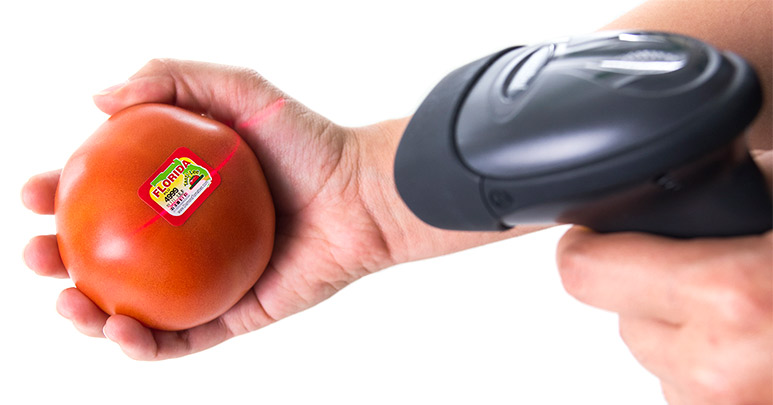
You’ve decided to sell fruit and produce products, and now you’re wondering if there are any labeling regulations you need to follow (the quick answer: both yes and no, depending on distribution, but more on that in a bit). Food labeling in the United States is regulated by a couple of different government organizations depending on the food product. Processed and raw foods are overseen by the Food and Drug Administration (FDA), whereas commercial supplies of meat, poultry, and egg products are regulated by the United States Department of Agriculture (USDA). In this article, we will discuss everything you need to know about fruit and produce labels, and how to get started with the labeling process.
The Difference Between “Processed” and “Raw” Products
Fruits and produce aren’t required by law to be labeled as long as they’re not crossing state or country borders. “Processed” foods are defined by the FDA as a food product that has been sliced, cooked, frozen – or if it’s been altered in any way. Fruits and produce aren’t considered processed if they’ve had their leaves, stems, and/or husks removed. If you plan on selling your products locally, then you don’t have to worry about labeling regulations – but a memorable label will still serve as your unique signature for your customers.
Benefits of labeling your fruits and produce:
- Adds credibility to your brand.
- Lets customers know how to get in touch or how to learn more about your products (i.e. website).
- Helps customers remember who/where their fruit and produce comes from.
- Provides information like a price look-up code, how it was grown (organic, conventional, GMO), and even where it was harvested.
Fruits and produce labels can be used for different purposes depending on the information you are sharing. Now that you see how labeling fruit and produce can work for you, let’s talk about label materials that are safe for direct food contact.
Fruit and Produce Friendly Label Materials
Selecting the right materials for fruit and produce labels is an important consideration because you don’t want your products to be unsafe for consumption because the wrong material was used. Although the FDA doesn’t require labels for locally sold fruit and produce, they do have rules on what types of label and adhesive materials may be used in direct contact for fruits, vegetables, and other fresh food products.
The foods themselves play a part in which rules need to be followed, too. For example, fruits and produce that have skins that aren’t consumed (e.g. bananas, oranges) follow a separate set of guidelines because the label isn’t directly touching the food. However, food products where the label touches an edible part (e.g. tomatoes, apples) needs to be printed on materials that are deemed safe for direct human contact or ingestion.
Don’t worry! We have food-safe materials available in-stock and ready to go for your custom labels. All you have to do is let us know what you’re labeling, and we’ll make sure the right FDA approved material is used.
Additional resources:
If you would like to learn more about FDA regulations on direct food contact label materials, please refer to Code of Federal Regulations Title 22 (specifically, Part 175).
175.105 refers to the qualified components for use as adhesives:
http://www.accessdata.fda.gov/scripts/cdrh/cfdocs/cfcfr/cfrsearch.cfm?fr=175.105
175.125 refers to qualified pressure-sensitive adhesives:
http://www.accessdata.fda.gov/scripts/cdrh/cfdocs/cfcfr/CFRSearch.cfm?fr=175.125
- See section A for labels used in poultry and dry-food, as well as processed, frozen, dried, or partially dehydrated fruits and vegetables.
- See section B for labels used for raw fruit and raw vegetables.


